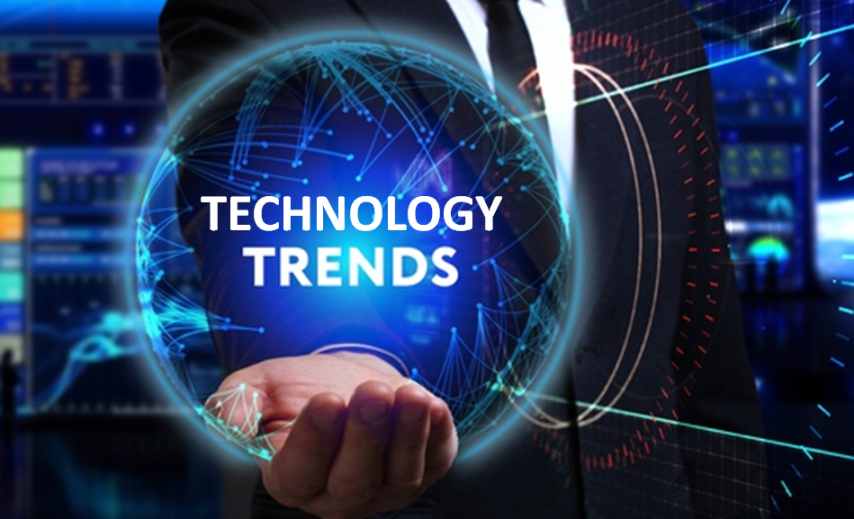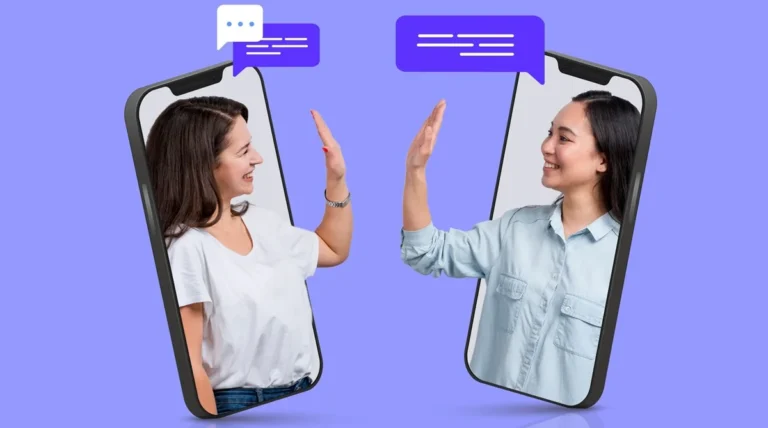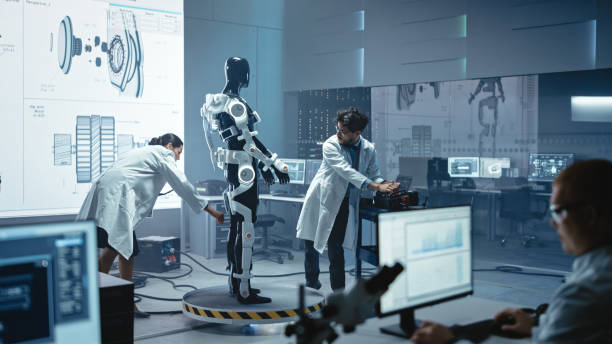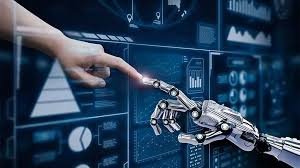
Technology is evolving at an unprecedented pace, transforming how we live, work, and interact. With every passing year, new advancements reshape industries and introduce groundbreaking innovations. In this detailed and informative guide powered by TogTechify, we break down the major trends in technology TogTechify has identified for 2025 and beyond.
1. Introduction
Technology is no longer just a tool—it is a driving force behind global progress. TogTechify aims to simplify tech for all users by highlighting the trends that matter most. Whether you’re a business owner, student, or tech enthusiast, understanding these trends will help you stay ahead of the curve.
This guide will:
- Explain each major trend in simple yet comprehensive language
- Highlight real-world use cases and benefits
- Cover local tech advancements, especially in regions like Pakistan
- Offer actionable insights
2. Artificial Intelligence & Applied AI
Artificial Intelligence (AI) is undoubtedly one of the most transformative technologies today. Applied AI goes beyond theoretical models and becomes part of everyday systems—from smart assistants like Siri and Alexa to advanced AI that drives autonomous cars or detects diseases.
Key areas of progress include:
- Agentic AI: Intelligent agents that can make decisions and take action independently.
- Predictive Analytics: AI-driven tools that forecast customer behavior, weather patterns, or even financial risks.
- AI in Healthcare: AI algorithms detecting cancer or monitoring patient vitals in real time.
Companies adopting AI experience better productivity, faster decision-making, and reduced operational costs. The challenge remains in maintaining ethical practices, reducing bias, and ensuring AI transparency.
3. Internet of Things (IoT) & Smart Connectivity
The Internet of Things (IoT) connects everyday devices to the internet, allowing them to send and receive data. From smart fridges to connected traffic lights, IoT is everywhere.
The emergence of 5G and 5G-Advanced networks makes it easier to connect devices with minimal latency. Looking ahead, 6G research promises even faster and more reliable communications.
Practical examples include:
- Smart homes with automated lighting and security
- IoT in agriculture for monitoring crop health
- Industrial IoT that enhances manufacturing efficiency
Together with edge computing, smart connectivity enables real-time data processing and better decision-making.
4. Datafication & Analytics
“Datafication” refers to transforming everything into data. Social media, online transactions, wearable health devices—all generate vast data sets.
Businesses now rely heavily on data to make informed decisions. Tools like Power BI, Tableau, and Google Analytics make it easier to visualize and interpret this data.
Benefits of datafication include:
- Personalization of marketing campaigns
- Better inventory and resource management
- Enhanced customer experience
Here’s a simple table showing key areas using datafication:
| Industry | Data Application |
|---|---|
| Retail | Customer behavior prediction |
| Healthcare | Patient monitoring systems |
| Education | Adaptive learning platforms |
| Transport | Route optimization |
5. Cybersecurity & Zero-Trust Security
As technology advances, so do the threats. Cybersecurity has become crucial in a world where data breaches and ransomware attacks are common.
The new paradigm is Zero-Trust Security, where no user or device is trusted automatically, even inside a secure network. AI is now playing a key role in threat detection and response systems.
With growing privacy concerns, companies must:
- Encrypt data
- Use biometric authentication
- Implement strict access controls
TogTechify emphasizes cybersecurity education for both businesses and consumers.
6. Blockchain, Fintech & Digital Identity
Blockchain technology is not limited to cryptocurrency. It ensures secure, tamper-proof transactions across industries.
Fintech is revolutionizing finance by making banking, lending, and investing more accessible through digital platforms. In Pakistan, fintech apps like Easypaisa and JazzCash have brought financial inclusion to millions.
Digital identity solutions based on blockchain will reduce fraud and improve online verification.
7. Automation, Robotics & Polyfunctional Systems
Robotics and automation are taking over repetitive tasks across industries. Advanced robots now switch between roles, adapt to different environments, and even collaborate with humans.
Examples include:
- Warehousing robots sorting packages
- Automated medical assistants
- Agricultural robots planting and harvesting crops
This trend enhances efficiency and reduces human error, especially in sectors like manufacturing, logistics, and healthcare.
8. Spatial Computing, AR/VR & Extended Reality
Spatial computing combines digital content with the physical world. AR (Augmented Reality), VR (Virtual Reality), and XR (Extended Reality) create immersive experiences for users.
Use cases include:
- Virtual classrooms and training simulations
- AR navigation in real-world environments
- Remote collaboration using mixed reality
As devices like the Apple Vision Pro gain popularity, spatial computing will become mainstream.
9. Quantum Technologies & Post-Quantum Cryptography
Quantum computing uses qubits instead of binary digits to perform complex calculations at unprecedented speeds. It can revolutionize sectors like medicine, finance, and logistics.
However, quantum computing also poses threats to traditional encryption. This has led to the development of post-quantum cryptography to secure future digital infrastructure.
10. Sustainable Tech & Green Infrastructure
With data centers and AI models consuming massive energy, there is a growing demand for sustainable technology. This includes:
- Renewable-powered data centers
- Energy-efficient chip designs
- Circular computing and recycling
Governments and corporations are investing in green IT to meet carbon neutrality goals.
11. Home Automation & Consumer Tech in Pakistan
Smart gadgets are gaining popularity in homes across Pakistan. From voice-controlled appliances to app-based lighting systems, automation is transforming domestic life.
The most popular categories include:
- Smart TVs and streaming boxes
- Wireless security cameras
- IoT-enabled kitchen appliances
With rising e-commerce, these devices are now more affordable and accessible.
12. Digital Transformation in Pakistan
Pakistan is experiencing a digital shift, thanks to initiatives like Digital Pakistan and private sector innovations. Startups and enterprises are embracing cloud computing, AI, and blockchain to improve services.
Growth is evident in:
- Online learning platforms (EdTech)
- Remote health consultations (HealthTech)
- E-commerce and fintech apps
The challenge remains in infrastructure development and digital literacy.
13. Looking Ahead: Emerging & Converging Trends
Trends do not exist in isolation. Many of them are converging to create new technologies. For example:
- AI + biotech + sensors = Living intelligence
- Brain-computer interfaces for mind-controlled devices
- AI-powered cybersecurity tools
These emerging fields will shape the future of humanity in ways we are only beginning to understand.
14. Conclusion
From artificial intelligence to green technology, the major trends in technology TogTechify explores in this guide are set to redefine every aspect of modern life. To stay relevant, it’s important to stay informed, adapt quickly, and invest in continuous learning.
TogTechify remains committed to delivering clear, insightful, and accessible tech updates for users across the globe.
15. FAQs
Q1: What is the most important tech trend in 2025?
A: AI continues to lead as the most influential technology, especially agentic AI and applied machine learning.
Q2: How does TogTechify help users understand tech trends?
A: By offering simplified, well-researched, and updated content tailored to beginners and professionals alike.
Q3: Is spatial computing different from AR/VR?
A: Spatial computing includes AR/VR but also covers how digital data interacts with the physical environment.
Q4: What is post-quantum cryptography?
A: Encryption methods designed to withstand quantum computer attacks in the future.
Q5: What does zero-trust security mean?
A: It’s a cybersecurity model where no user or device is trusted by default—everything must be verified.
Related Articles: Sure ULX4DQ Software Download
Related Articles: HP Laptop 15z-ef1xxx RAM Upgrade
Related Articles: ZOSI H.265 ZR2323M Camera Firmware Update
Related Articles: 2024 Subaru Crosstrek Cameras on Top 7ft 7in Total Height
Related Articles: Best Camera Phones Of 2024 Lumolog





